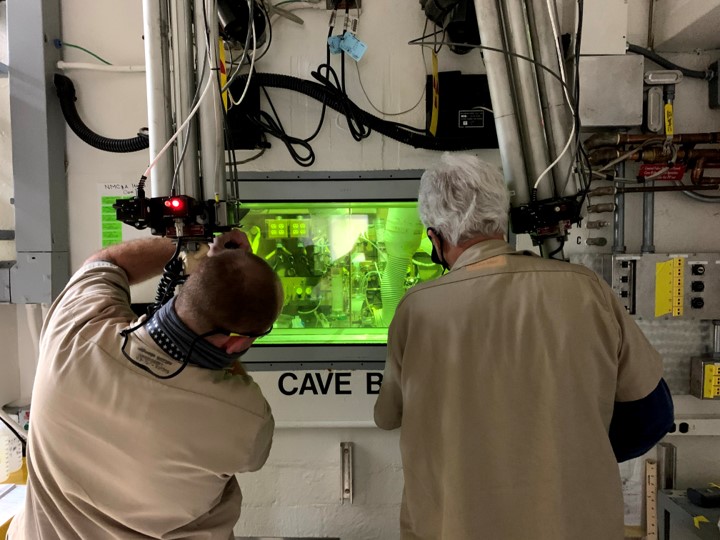Ohio House passes bill to remove state aid to nuclear plants
The Ohio House of Representatives has voted to rescind the nuclear subsidy provisions of H.B. 6, the controversial 2019 piece of legislation that has been marinating in scandal since last July. Just one week earlier, a similar measure was passed unanimously in the Ohio Senate.
Approved by a tally of 86-7 on March 10, H.B. 128 strips H.B. 6 of subsidies for Energy Harbor’s Davis-Besse and Perry nuclear plants, as well as a “decoupling” provision that would have been of substantial financial benefit to FirstEnergy Corporation, the former parent company of Energy Harbor. The new bill retains H.B. 6’s subsidies for utility-scale solar projects, however, and for two coal plants (one in Ohio, one in Indiana).
H.B. 128 was sponsored by Reps. James Hoops (R., Dist. 81) and Dick Stein (R., Dist. 57).












 Virginia’s nuclear-sector stakeholders, led by the Virginia Nuclear Energy Consortium Authority (VNECA), have drawn up a plan for helping the state reach its goal of 100 percent carbon-free electricity generation by 2045.
Virginia’s nuclear-sector stakeholders, led by the Virginia Nuclear Energy Consortium Authority (VNECA), have drawn up a plan for helping the state reach its goal of 100 percent carbon-free electricity generation by 2045.